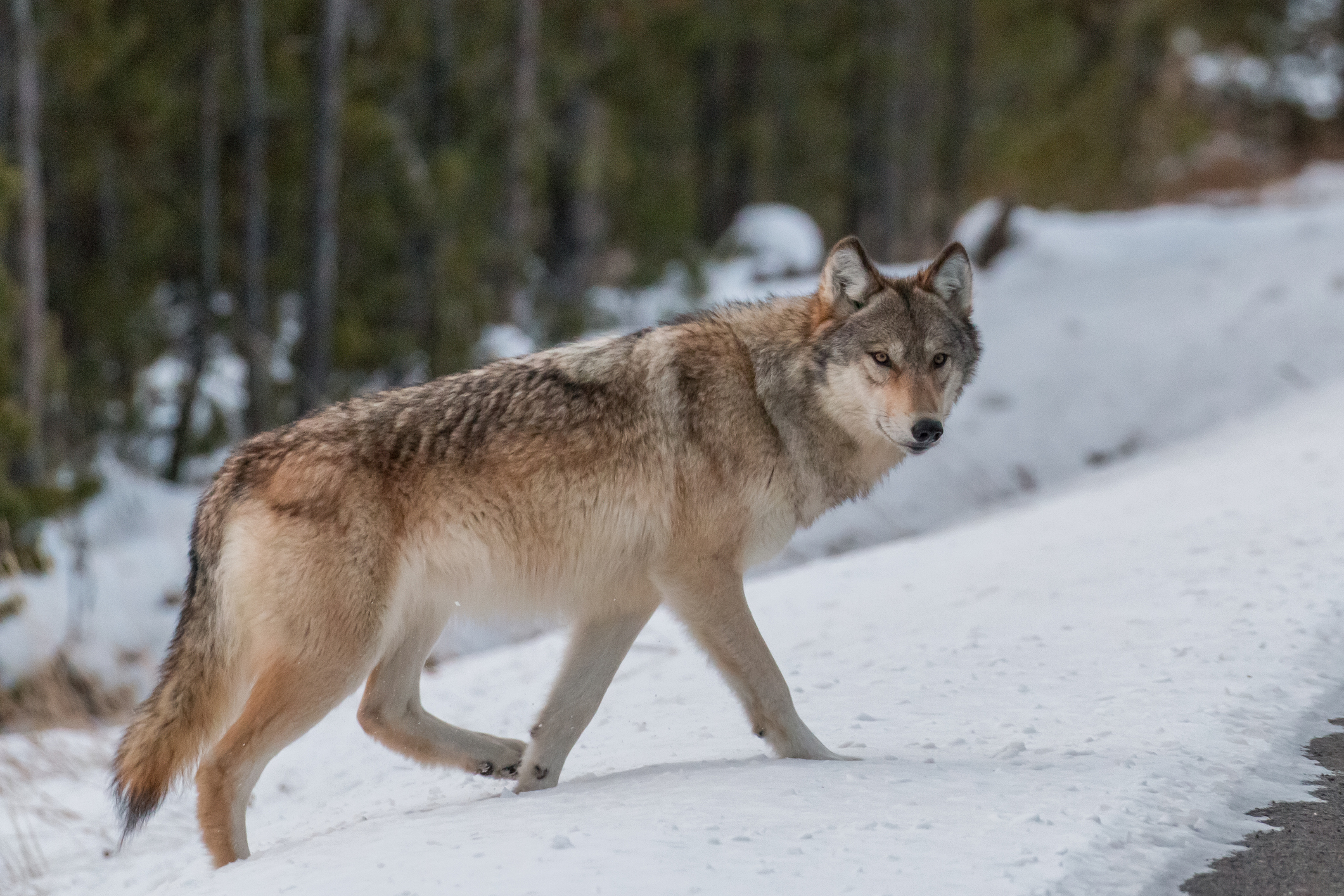Have you seen the advertisement in which a Labrador turns into a wolf? A narrator tells the viewer, “All dogs, no matter what breed, are descended from wolves …”
The trouble with advertisements like that is the implication that wolves are approachable animals – practically pets. The implication has helped push us well beyond conservation of gray wolves in Washington state and into the territory of preservation without consideration for the people and livestock being negatively impacted by these apex predators in specific parts of our state.
Statements from activist groups would have the public believe gray wolf recovery in our state is in grave danger. The Center for Biological Diversity writing, “With the unbridled wolf slaughter occurring just east of us, the need for strong rules that work to lessen conflict is more vital now than ever.”
The “unbridled wolf slaughter” they cite is the unsolved killings of two gray wolves in Northeast Washington during the last two years. The statement, however, does not mention the countless numbers of livestock that are either suspected gray wolf attack losses or probable depredations without enough evidence for state reimbursement.
This year, there have been enough confirmed depredations in Northeast Washington to warrant two separate removal actions by WDFW staff according to the state’s guidelines. One wolf hunt was called off after state officials mistakenly killed a pup and the second was approved late last week, the result of which was the culling of two adult wolves. A total of 16 confirmed depredations of livestock by wolves have been recorded in the state since the beginning of the year.
According to the most recent report from the Washington State Department of Fish and Wildlife, there are “at least 206 known wolves in 33 known packs including at least 19 breeding pairs” in our state. This is particularly important because Washington’s gray wolf population has grown tremendously since 2008. WDFW reports an average population growth of 28 percent every year for more than a decade.
As the presence of gray wolves continues to grow, farmers and ranchers must be ever vigilant about pasture rotations, range riders, and non-lethal deterrents. Farmers and ranchers must also combat losses that are harder to calculate in real time – premature birth, low birth weights, slow maturation and weight gain of calves, spontaneous abortion, difficulty breeding, weight loss in mature cattle.
Predators should be part of the landscape, but to suggest that apex predators do not need management is wrong.
Washington’s thresholds to consider the wolves “recovered,” which include total population and number of breeding pairs, have largely been met. Based on total population and estimated number of breeding pairs, wolves could be considered recovered in the state. However, because the state requires packs to be distributed across the state in three recovery regions – Eastern Washington, Northern Cascades, and Southern Cascades/Northwest Coast – recovery is a long way off. Recovery rules indicate gray wolves can be “translocated,” or manually moved from one location to another, if they do not disburse naturally but the process would require “extensive public review.”
Gray wolves are overwhelmingly concentrated in Northeast Washington, where approximately two-thirds of the established packs in the state reside. It seems unlikely they will disperse on their own before significant damage has been done to the livestock population in the area.
Contrary to what the commercial suggests, gray wolves are not just a step or two removed from a beloved pet. Gray wolves are apex predators, meat-eaters at the top of the food chain in their environment with no competitors, and they are a permanent fixture in our state. What we need to consider is how best to address population recovery and the need for disbursement beyond Northeast Washington.






